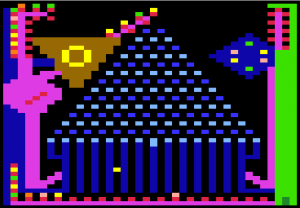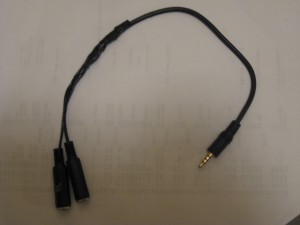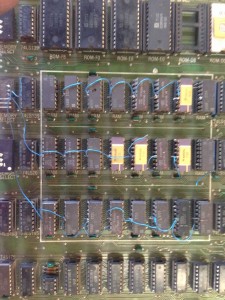A few weeks ago, I was invited to a “Homebrew/Apple reunion event” at the Living Computer Museum and Lab. Here is some of the text from the invitation.
Living Computers: Museum + Labs, founded by Paul G. Allen, would like to invite you to a very special private event.
We are celebrating the opening of our latest exhibit, which follows the first 20 years of Apple Computers, by throwing a party for those who were there. This is a unique opportunity to reconnect to the people, and computers, that you remember from the start of the personal computer revolution.
I was given no additional information about who was coming or since I never worked for Apple Computers, even exactly why I was invited. However, without hesitation, I accepted the invitation, and made plans to attend.
Fast forward a few weeks, to just a few days before the event. Someone noticed a little reported article announcing that a very special Apple 1 was going to be on display at the LCM+lab’s new Apple exhibit and brought the article to my attention. This happened to be the computer that I reported in a blog posting a few years ago, though I never updated my Apple 1 registry with this unit. I didn’t think a whole lot more about it, as I have been involved in communications with many Apple 1 owners over the years.
I arrived in Seattle on Tuesday afternoon for the Wednesday evening event, still unsure why I was invited, and who else would be there. A small bus picked up about 8 or 9 of us from the Hotel late Wednesday afternoon to take us to the celebration. I could not identify anyone on the bus, though everyone was very friendly and in good spirits.
When picking up my name tag, I saw an impressive number of familiar names on the tags that hadn’t yet been claimed, including Woz and Paul Allen. Anyway, I introduced myself to a number of people and had some interesting conversations, including a chat with Lāth Carlson, executive director of the museum. However, I still was unsure why I was invited. I was taking the approach of “when in Rome, act like a Roman” – in other words, I was just trying to fit in and not ask too many questions.
After a bit, we were led through a behind the scenes tour. As we were watching the Bendix vacuum tube computer G-15 being demonstrated, someone that I didn’t recognize, saw my name tag and said “Mike Willegal is here”. The people identified themselves as the Hutmacher family and told me that they had donated the computer to the museum. The donation was kept a secret, which is why I wasn’t told anything. The Hutmacher family had asked the museum to invite me to this celebration, since, with the help of some acquaintances I had with early Apple people, I helped them verify the history of the computer and also pointed out that it belonged in a museum. The mystery of why I was there, was solved.
The fun part of being identified by the Hutmacher family is that they made a big fuss over me, and some of them had their pictures taken with me. During all this fussing over me, Chris Espinosa, who I had never met and only could identify by the name on his badge, looked on from the background with a puzzled look on his face. I could almost see his brain working – who is this guy that they are making such a fuss over. After the Hutmacher family moved on, I introduced myself to Chris Espinosa and explained what had happened.
Lastly, kudos to the Hutmacher family, a very special group of people, for putting a very special Apple 1 into very good hands.





